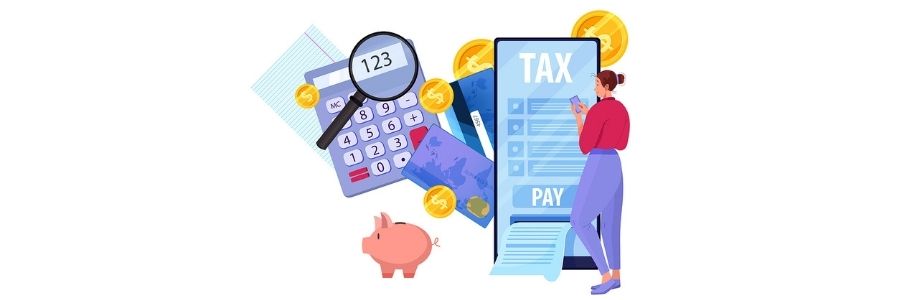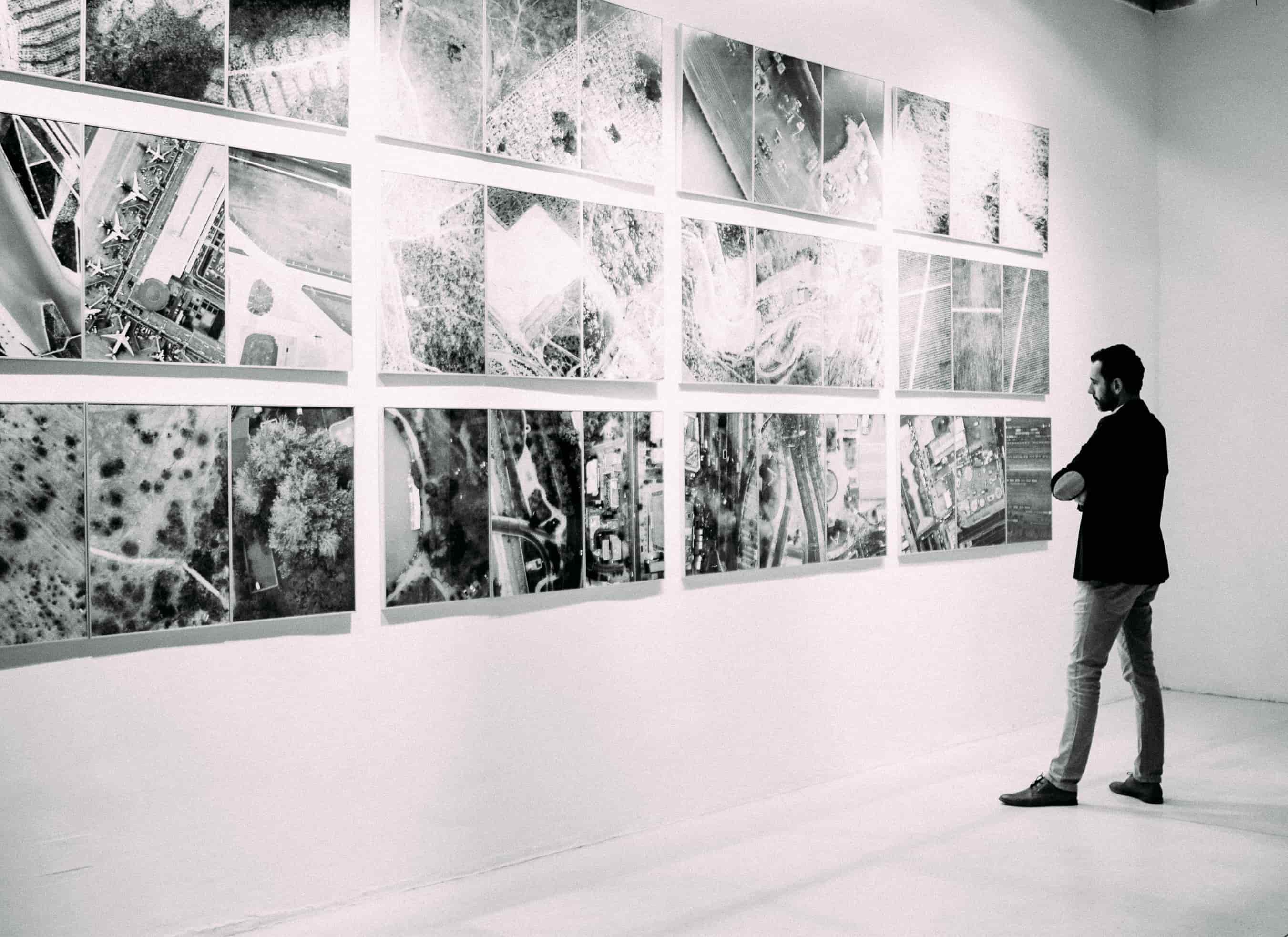Losing My Son Helped Me Learn to Surrender3

Everything is going to be okay.
We whisper it to our children when they skin their knees or have a fight with a friend. We proclaim it to those who have lost their job, their partner, their health. We post it on Instagram, showcasing our optimism. We repeat it like a mantra to ease our own anxiety.
Everything is going to be okay.
We assert it to bolster our conviction that the pain is temporary or even inflated. We utter it to regain a sense of control over the future, to reassure ourselves that the wrongs that plague us now can be righted.
Everything is going to be okay.
We also say it to obscure, to diminish, to tamp down big, unruly emotions. It’s a reflex that releases feelings of discomfort — a trite response to an experience we can’t or don’t want to understand. We say it to skim over the pain straight to the bright side.
The truth is scarier than the mantra. The truth is that everything you think you know could be gone in a moment. There are no guarantees, no promises of life without suffering. The truth is the universe takes as much as it gives.
Sometimes “everything is going to be okay” is an empty promise that makes us feel useful. We use it to deny—deny that the pain could be endless, that sometimes things are not okay.
“Everything is going to be okay” assumes life’s problems are meant to be solved, but sometimes they aren’t. Sometimes life’s problems are truths to be accepted.
“Words or pictures?” the doctor asked, attempting to assess our learning style for our first lesson on pediatric brain tumors. Mike and I looked at one another, bewildered, completely unprepared to guide this conversation.
“Both. I guess,” I responded, absolutely certain I was not ready to face the monster in our two-year-old son’s head but knowing we’d need all the information we could get if we were going to fight it. The doctor opened her laptop and pulled up several black-and-white images of Sam’s brain. She seemed perky as she did, happy, I suspect, to have a screen to look at rather than us, disheveled parents, eyes filled with disbelief and horror. Her perkiness, her desire to look elsewhere annoyed me. She oriented us to the images by pointing out and naming the major structures of Sam’s head and spine before pausing at the back of Sam’s head near where the spine connects to the skull.
“His tumor is located in the pons,” she explained. “Near the base of the brain.”
I didn’t like her tone. I didn’t like her face. I didn’t like her gaudy earrings and leopard-print shoes, the audacity it took to wear them when meeting with the parents of children with tumors.
“Unfortunately, the location of the tumor and the fact that it is diffuse make it inoperable. We could do more damage than good if we tried to surgically remove it.”
Her form-letter language, her practiced vernacular, and her perky tone didn’t match the meaning of the words she’d spoken. “Inoperable” sounded like “untreatable.” “Inoperable” rendered Mike and I speechless as it echoed off the walls of the hospital room, soaked into our skin, into every pore, every fiber, every cell. We sat silently, side by side. I could sense our silence was making the doctor uncomfortable, but she respectfully let her words settle into the room, into us.
“What can we do?” Mike posited. I could tell the doctor liked the question. It had a specific answer, a thing to be weighed in on rather than a large, deafening silence.
“We can treat him with radiation. Treatment usually lasts six weeks and is our best option if we want to buy time.”
Buy time? Time we wanted, of course, but more than time, we wanted to know what we had to do to put the pieces of our world back together into something recognizable, what we had to do to make everything okay.
“What about chemotherapy?”
“These types of tumors are resistant to traditional chemotherapy because of the blood-brain barrier.” She pointed to the scans again, using them as a visual to explain how the blood-brain barrier works. “We could try an oral chemotherapy called Temodar, but it has no proven impact on tumors like these.”
No proven impact? Why would we subject him to chemotherapy that won’t save him? Impatience swelled in my chest. Surgery could do more harm than good. Chemotherapy has no proven impact. I was waiting for the statistics, for the moment when she said Sam has a “blank” percent chance of survival.
“What about a biopsy? Don’t you need to do a biopsy to diagnose him? To treat him?”
“Again, because of the location of the tumor, even a biopsy can do more harm than good. Currently, it is not standard protocol to do one when a child has DIPG.”
“DIPG” is diffuse intrinsic pontine gliomas, an aggressive form of brain cancer.
It was at this point that I knew, with certainty, that this tumor would kill Sam. I knew because of the careful language the doctor used, because of the slow reveal, the time she gave us to digest each piece of information and develop the next question. She gently but directly led us down a path with a single destination, to the inevitable outcome the scans of Sam’s brain revealed to her.
Looking around, I realized we were the last to know, that this scene had been carefully staged. The somber expressions on the faces of the nursing staff and the social workers who crowded the room, the child life specialist who wheeled Sam away in a wagon preventing him from seeing his parents get the news that he was going to die, the nurse at the front desk just outside our room batting her eyes with a tissue. Everyone had a role. The moment birthed a new presence, a dark messenger, a shroud. I felt a chill and unconsciously wrapped my arms around my pregnant belly, feeling my twin daughters roll around inside of me.
“How long?” I asked.
The doctor paused. I held her gaze, knowing the question had thrown off the order of things. I had jumped ahead a few steps.
“With radiation, most children with DIPG succumb within nine months.”
Nine months.
Nine months was the best modern medicine had to offer him, to offer us. Nine months with the harrowing treatment — radiation, chemotherapy, steroids — our perfect, two-year-old boy would have to endure. My mouth knotted in anger, at the doctor sitting across from me, at the staff carefully positioned around the room, at myself, at the whole world for being so cruel. The shroud beside me became more real, more distinct, less of a shroud and more of a sturdy thing. Something with hard edges and real bulk. Something that couldn’t be ignored.
“We’d like to get a second opinion.”
“Of course,” the doctor responded, expecting resistance, expecting denial. “I’ll send Sam’s scans to my former colleagues at Duke and anyone else you would like to see them.”
I wasn’t in denial, though. There was something about her face, some underlying certainty, some desire that she had different news to give, some helplessness, that I knew to believe. I knew because, if there was good news, there would have been an eagerness to her, a sense of kinetic action, a desire to get started. None of those things were in the room with us. I asked for a second opinion because it seemed like the thing a normal parent would do. I was supposed to wail, to refuse to give up hope, to put my faith in something higher and scavenge the world for a cure, to believe that Sam would live, that everything would be okay. But I didn’t. Rather, I sat immobilized and accepting, letting the words the doctor spoke swirl around me in a cloud of hopeless certainty.
Inoperable.
Nine months.
No proven impact.
More harm than good.
Succumb.
The words created an opening and through the opening, I let the dark presence in. I sat next to Mike, quiet and unmoving on the outside while inside, the darkness began to consume me, my beliefs, my ideas about the world, my very essence. I felt it swirling, burning, dissolving, emptying me of innocence and hope.
I closed my eyes and, when I opened them again, I was changed. The color leached out of the room, leaving only shades of grey, a flat pencil drawing of a world, a chiaroscuro of pain. All the sweetness dissolved from my mouth leaving only the bitter, biting at the sides of my tongue. Death divided the before and after of me. The change was cellular.
“How long if we do nothing? If we refuse treatment?” I asked.
Something flickered in the doctor’s eyes. The look on her face shifted from one of pity and obligation to one that held something more. Perhaps respect? Respect for daring to ask this question? For considering all the alternatives?
Her voice was soft as she replied. “It’s hard to say. Maybe six weeks. Maybe less.”
I gasped. Mike began to softly weep.
Six weeks.
Nine months.
Succumb.
He was already so sick, just six weeks from death. How had we failed to notice? I knew something was off with Sam: his night terrors, his anxiety, the changes in his smile and laugh. But how had we not known something was terribly wrong? How had we missed this? How had we not known he was dying?
“What would you do if you were us?” I asked, looking for a correct answer, assuming she held it.
“I can’t answer that.”
I was disgusted with myself for asking this question and for failing Sam so fundamentally. I was out of questions. The silence filled the room again and all eyes were on Mike and me. They were waiting for us to make the next move.
“You don’t have to decide immediately, but soon,” the doctor said, breaking the silence. “We can have the social worker stay with Sam so you can discuss your options.” The child life specialist reappeared with Sam in his wagon. He reached his arms toward me.
“Mommy, up.”
I gently lifted him and placed him in the divot above my left hip. The symptoms he exhibited that seemed so mysterious were now so easy to read. My new eyes saw the monster inside of him clearly. My new ears heard with clarity the changes in his voice. I kissed his auburn curls and told him Mommy and Daddy needed to talk for a minute. Mike set up his iPad and loaded his favorite show: Curious George.
We stumbled to a corner in the white-washed hallway of the seventh floor of the hospital and faced one another. Mike was changed too. He looked like a stranger. His expression was one I had never seen. His gait shifted from confident and carefree to awkward and uncertain. He looked at me and broke down, sobbing and sputtering. I held onto his back as it shuddered from the pain working its way through him. I had no comfort to offer except my embrace. I was numb. My eyes were dry. I felt nothing but the dark swirling of the shroud and the heavy weight of acceptance.
“What do we do?” Mike asked between shudders.
The answer came out easily as if it had always been there, waiting to be spoken.
“We go everywhere and do everything. We get Sam through radiation and spend the rest of his life making him happy.”
The words were more than a plan. They were a vow. Mike and I committed to each other and to Sam and to our unborn twin girls to prioritize happiness over hope. To celebrate each day, each hour, each minute we had together. With our vow, we chose a path, a way forward. We accepted that Sam would die. We held onto one another as the illusion that “everything is going to be okay” burned away. We were raw without it. We were different. We were a new couple. We grabbed onto one another and turned around, back toward Sam’s hospital room, taking our first steps in our new life. Together.
The truth of Sam’s diagnosis and eventual death exposed the futility of “everything is going to be okay.” It was not okay that I had to cry out for more morphine to prevent Sam’s pain in his final moments on earth. It was not okay that I had to hold Ada and Mae’s pudgy toddler hands and lead them into the room that served as Sam’s deathbed. It was not okay that I had to decide what clothes he should wear as I wrapped him in a coarse white sheet and carried him to the hearse parked in the still, eerie darkness of the world as night faded into morning.
It just was.
Letting go of the idea that “everything would be okay” forced me to surrender to what was. As painful as surrender was, it was also a gift. In the space surrender created, the space left in the absence of denial and resistance, we were able to create something precious: a happy life for Sam. One filled with his favorite shows and games and friends rather than chemicals and wires and pain. Surrender to a painful truth allowed us to see what we truly valued and to act in accordance with those values.
Sam lived more than two years post-diagnosis, a full year and a half longer than predicted. That time was filled with both the beautiful monotony of day-to-day life and big adventures. Sam watched cartoons, made friends with the neighbors, attended preschool, colored, stacked, climbed, laughed. He watched the whale sharks glide through impossibly large tanks in Atlanta, sparred with Captain Hook in California, floated in the opulent pools at the Ritz in Puerto Rico, and touched the real bones of a Tyrannosaurus Rex. He made a best friend, learned to drive a four-wheeler, operated the bucket of a tractor, read to his baby sisters, blew out five candles on a birthday cake.
Surrender also paved the way for moments of true presence. One such moment was Sam’s last on Earth.
I felt with aching clarity the light as it left Sam’s body. I sensed the air as it took on a different quality. I experienced a rip in the space-time continuum, a swirling inky foreverness calling out for the light it had lost. In that moment I felt carried and I handed my beautiful son’s soul over to the infinite universe. It was a holy moment, a moment bursting with pain and beauty. A moment in which I accepted what was: Sam was dead.
Holding Sam for the last time felt a lot like holding him for the first: quiet, still, overwhelmingly intimate, sacred. The moment Sam died, my presence in it, my surrender to it left me with a glimpse. I conjure this glimpse when I feel myself resisting what is.
I remember that there is truth and beauty in the act of surrender.
https://www.geogebra.org/m/cnadpr77
https://www.geogebra.org/m/z28w5amd
https://www.geogebra.org/m/ducjapn9
https://www.geogebra.org/m/zwk63d7n
https://www.geogebra.org/m/q2teyzag

How to Avoid Common Payroll Errors in Small Businesses
- payroll mistakes can spread quickly and cause problems throughout the organization. In addition, it can lead to lost time and costly repairs.

Use our Free Quote System to Find the Best Deals on Cars For Cash
- Cars for cash Brisbane allow you to purchase new cars that have been salvaged from any of the hundreds of places where cars have been damaged,

Various techniques for Art Prints
- Various techniques for Art Prints: Do you want to know Various techniques for Art Prints online? If yes then you have landed at the right place.

Corporate Wellness Solution Market - Global Industry Analysis by Trends, Top Companies 2027
- The Corporate Wellness Solution Market report has been aggregated by collecting informative data of various dynamics such as market drivers